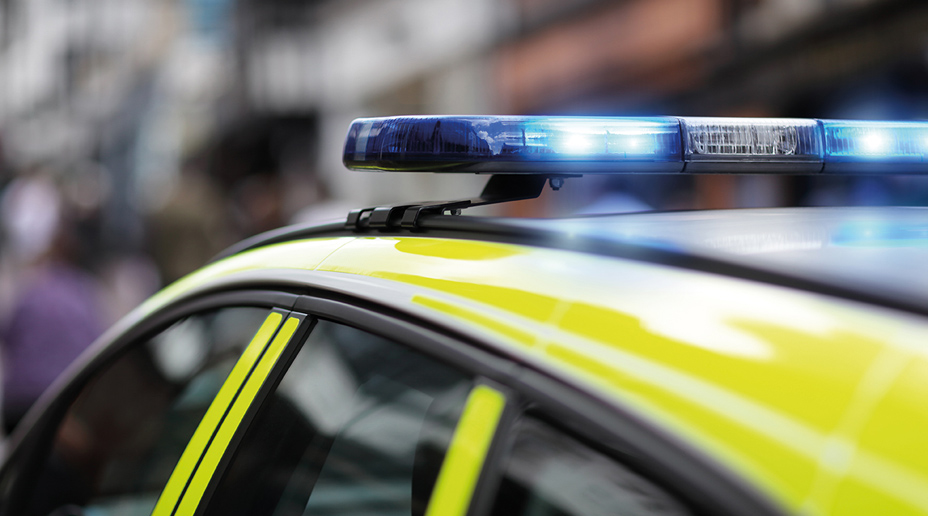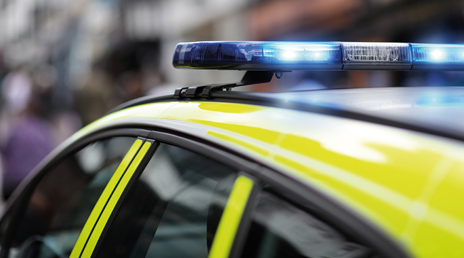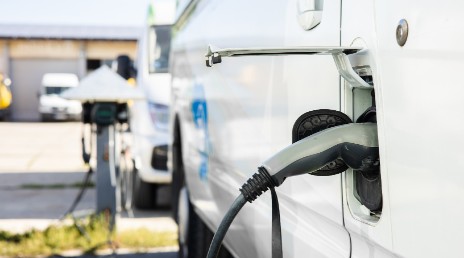The Highway Code was updated on 29 January 2022 to reflect a hierarchy of road users, ultimately aiming to improve safety for the most vulnerable road users, i.e. pedestrians, horse-riders and cyclists. The hierarchy dictates that ‘those in charge of vehicles that can cause the greatest harm in the event of a collision bear the greatest responsibility to take care and reduce the danger they pose to others.’
- pedestrians
- cyclists
- horse riders
- motorcyclists
- cars/taxis
- vans/minibuses
- large passenger vehicles/heavy goods vehicles.
However the Department for Transport (DfT) is clear that all road users need to behave responsibly and show due care and consideration for others.































